What is a Water Treatment?
The Big Question: What Is a Water Treatment?
When we turn on the tap and see clear water, we rarely stop to ask, What is a water treatment? But behind every glass of clean drinking water lies an entire system that battles bacteria, filters out toxins, and neutralizes chemicals. Water treatment is not a single task. It’s a full-on defense strategy designed to protect public health.
At Shandong Shine, we’ve spent years creating smarter solutions for water disinfection—especially with our On-Site Low-Strength Sodium Hypochlorite Generator. But let’s go back to basics before diving into the tech.
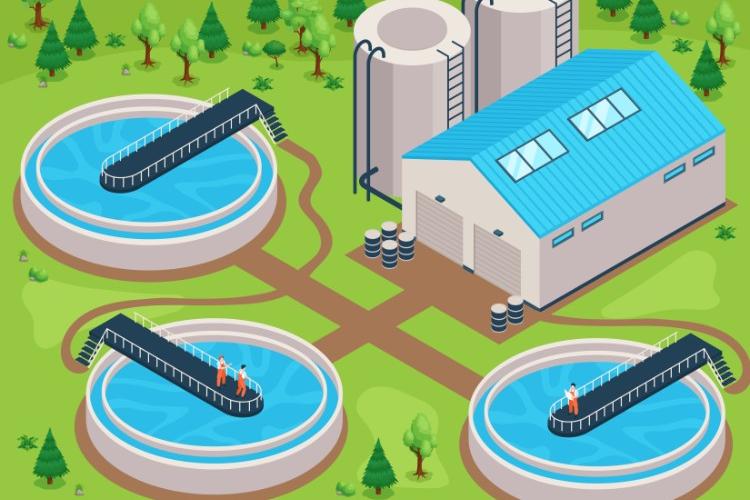
Why Does Water Even Need Treatment?
Tap water doesn't start out clean. It carries:
· Dirt
· Microorganisms
· Heavy metals
· Organic matter
· Chemical residues
Rainwater picks up pollutants. River water gathers waste. Even groundwater pulls minerals and pathogens from the soil. If you drink this straight? Big mistake. That’s where treatment steps in.
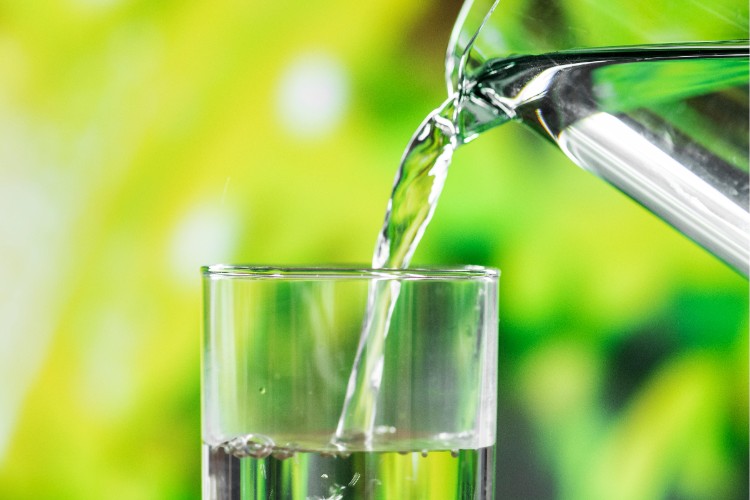
Step by Step: How We Treat Water
Water treatment involves a series of targeted processes. Each one removes a specific group of contaminants. Here's the usual journey from raw water to drinkable glory:
1. Screening and Sedimentation
We first filter out big debris—sticks, leaves, even plastic bags. Think of this as cleaning out the trash before tackling the details.
2. Coagulation and Flocculation
Sounds complicated. But it’s simple: we add chemicals that make particles clump together. These clusters are heavier, and they settle at the bottom.
3. Filtration Through Activated Carbon
We love activated carbon. It’s like a sponge for:
· Pesticides
· Chlorine by-products
· Bad smells
This step is where taste and odor improve drastically.
4. Disinfection: The Final Defender
This is where we shine—literally.
Disinfection kills what filtration misses.
That includes viruses, bacteria, and protozoa.
And our weapon of choice? Generated sodium hypochlorite made right at the treatment facility.
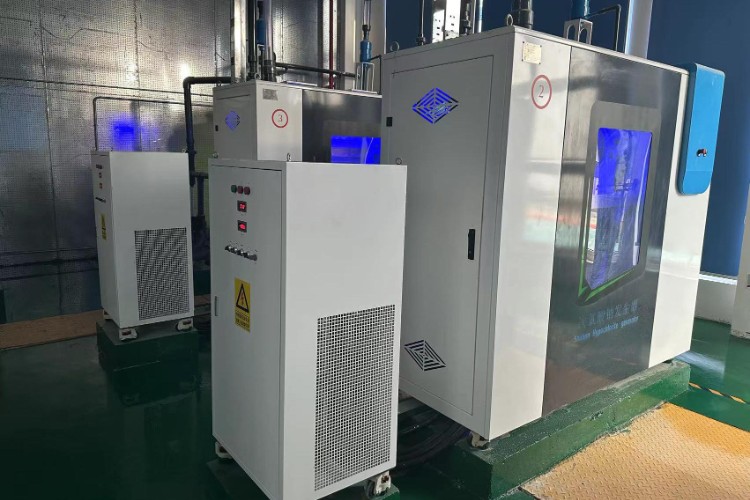
The Role of Sodium Hypochlorite Solutions
Disinfection is where chemistry meets action. Sodium hypochlorite solutions—commonly known as bleach—are powerful disinfectants. But not all bleach is equal.
Traditional bleach degrades fast. It has storage issues. It releases chlorine gas when mishandled. That’s dangerous and outdated.
Instead, we produce sodium hypochlorite on-site using just salt and electricity. It’s clean it’s green and it’s efficient.
Why On-Site Generation Beats the Old Way
Here’s why we favor site sodium hypochlorite generation over shipping in bulk bleach:
· No transport risks (No trucks carrying hazardous chemicals)
· Only salt as raw material (No surprises)
· Fresh solution every time (No loss of potency)
· Compact storage tanks (No leaks or spills)
· Low maintenance systems
Plus our site hypochlorite generation system fits seamlessly into any treatment facility. Whether it’s a small rural unit or a large city water treatment plant, it just works.
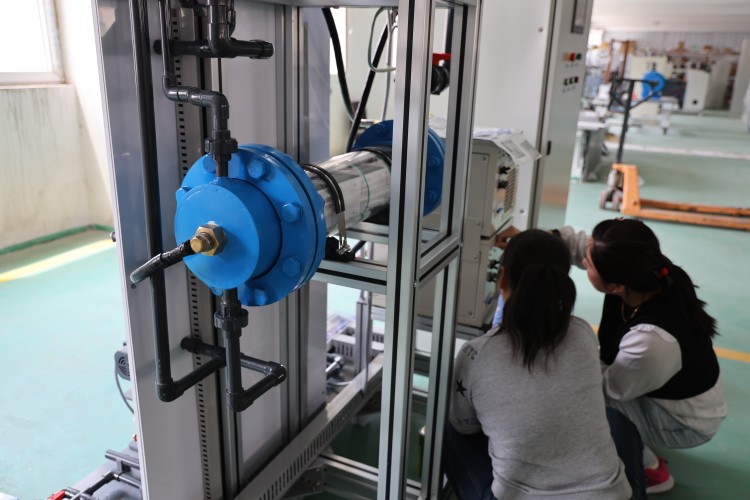
Tap Water vs. Untreated Water
Most people assume water is safe because it's clear. That’s dangerous thinking. Here’s a quick face-off:
Feature | Untreated Water | Treated Tap Water |
Microbial Risk | High | Low |
Odor/Taste | Earthy or metallic | Neutral |
Chemical Residues | Likely | Removed |
Suitable for Drinking | No | Yes |
Consistency | Variable | Stable |
Water treatment brings control. It ensures that every liter of water has predictable quality. No guesswork no gamble.
Our Secret Sauce: Reverse Osmosis Meets Disinfection
Some treatment setups combine multiple technologies. One popular pair is reverse osmosis (RO) and hypochlorite disinfection.
What Is Reverse Osmosis?
RO forces water through a semi-permeable membrane. It blocks:
· Bacteria
· Viruses
· Salts
· Heavy metals
RO removes up to 99% of dissolved solids. But there’s a catch—it doesn’t disinfect. That’s where our hypochlorite systems take over.
We integrate On-Site Low-Strength Sodium Hypochlorite Generators right after RO. The combo gives you crystal-clear water that’s also safe. Looks great tastes better kills pathogens.
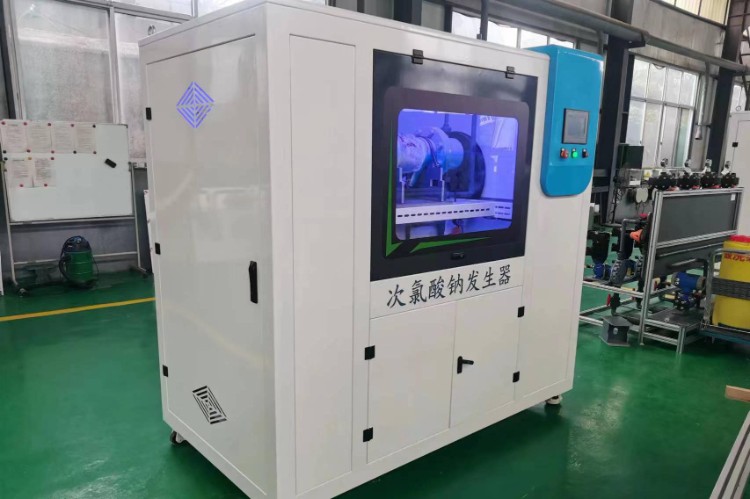
A Glimpse Into Our On-Site System
Let’s break down what our site sodium hypochlorite generators actually do:
Start With Salt
Ordinary salt—NaCl—is all we need. No chemicals no fuss.
Add Electricity
We apply controlled voltage to generate low-strength sodium hypochlorite. No storage issues.
Deliver Fresh Disinfectant
The system feeds disinfectant directly into pipelines or storage tanks. No middleman no delays.
Control Everything Digitally
From flow rate to dosage it’s all automatic. You watch. It works.
Where Is This Tech Used?
Our systems serve across multiple sectors:
· Drinking water plants
· Food production units
· Hospitals
· Cooling towers
· Agricultural irrigation
Anywhere water touches life it needs disinfection. And our tech delivers it—safely and affordably.
Long-Term Benefits Nobody Talks About
We don’t just treat water. We protect futures. Our system offers:
· Long term cost savings (No recurring chemical orders)
· Regulatory compliance (Meet global water standards)
· Community safety (No chemical exposure)
· Low carbon footprint (Sustainable operation)
It’s a win-win for people and planet.
Colloquial But Real: Why We’re Obsessed
Let’s be honest. Water treatment doesn’t sound sexy. But when you see families getting clean water when you know kids won’t get sick from a sip—you start caring.
We don’t just sell machines. We sell peace of mind.
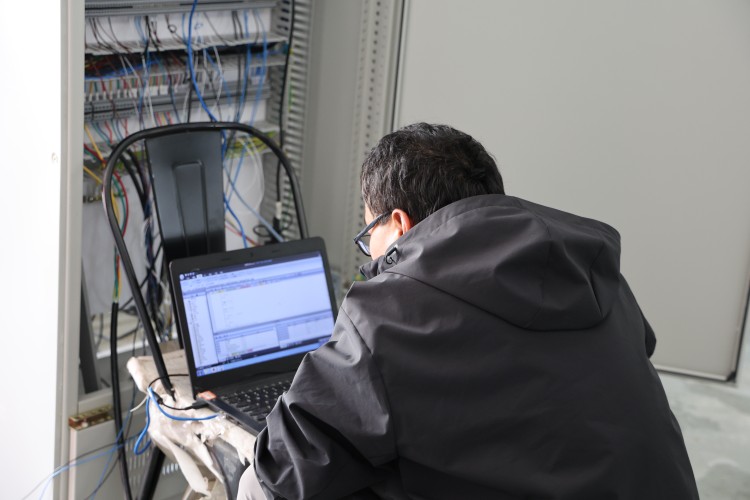
Final Thoughts: Treating Water Isn’t Optional
Water treatment isn’t a luxury. It’s a necessity. Whether you manage a treatment facility, operate water treatment plants, or run a small community tap—we have your back.
And when it comes to disinfection we trust what we make. Our On-Site Low-Strength Sodium Hypochlorite Generator is the solution we built because the world deserves better water.
